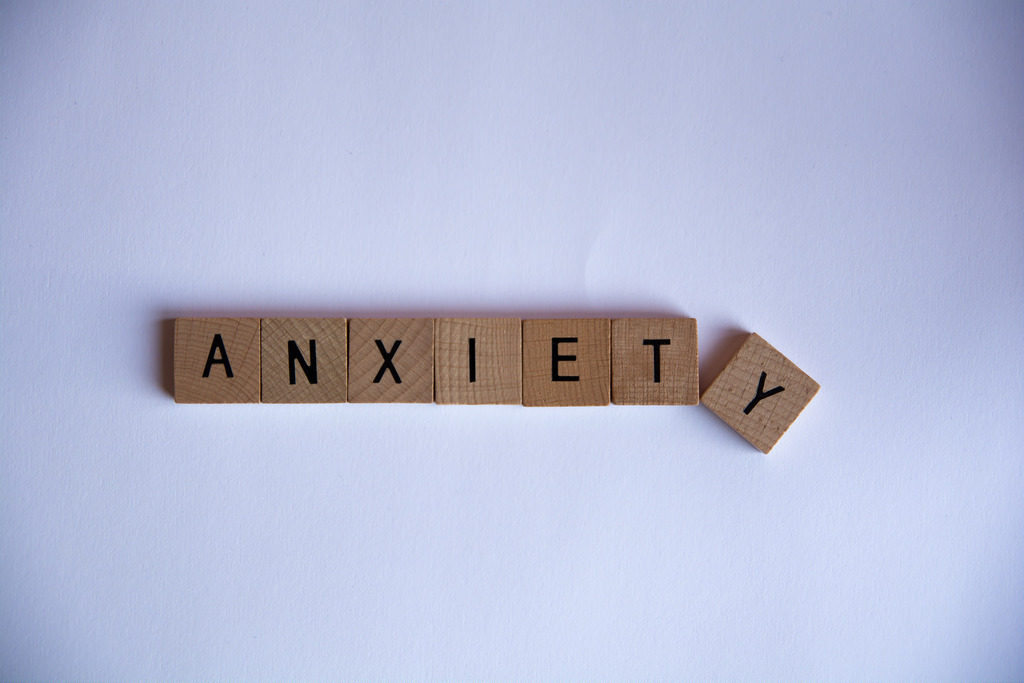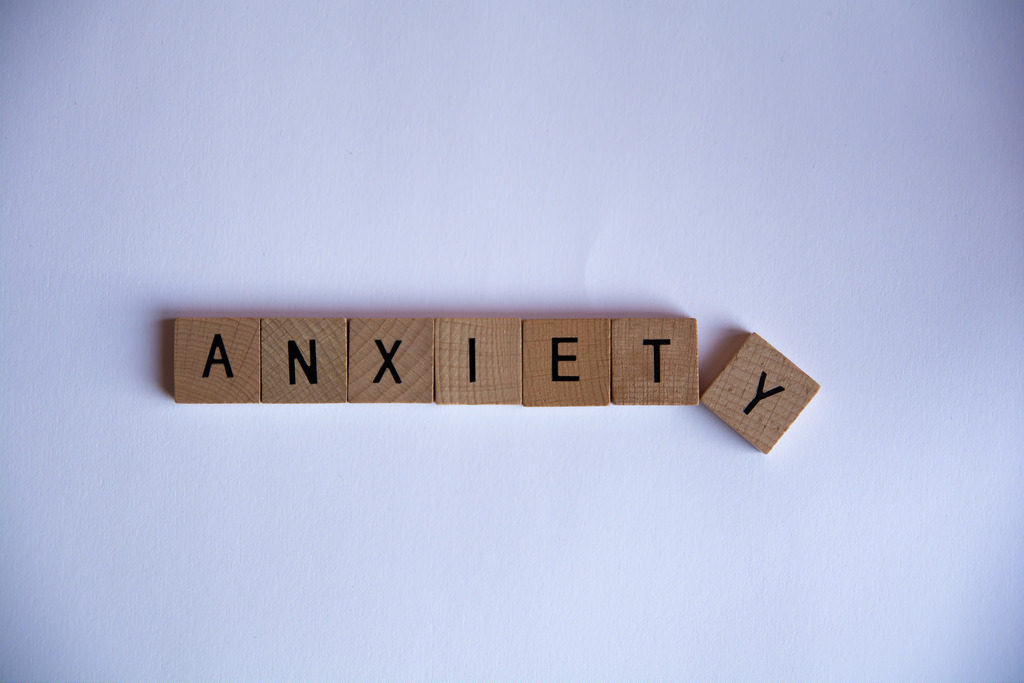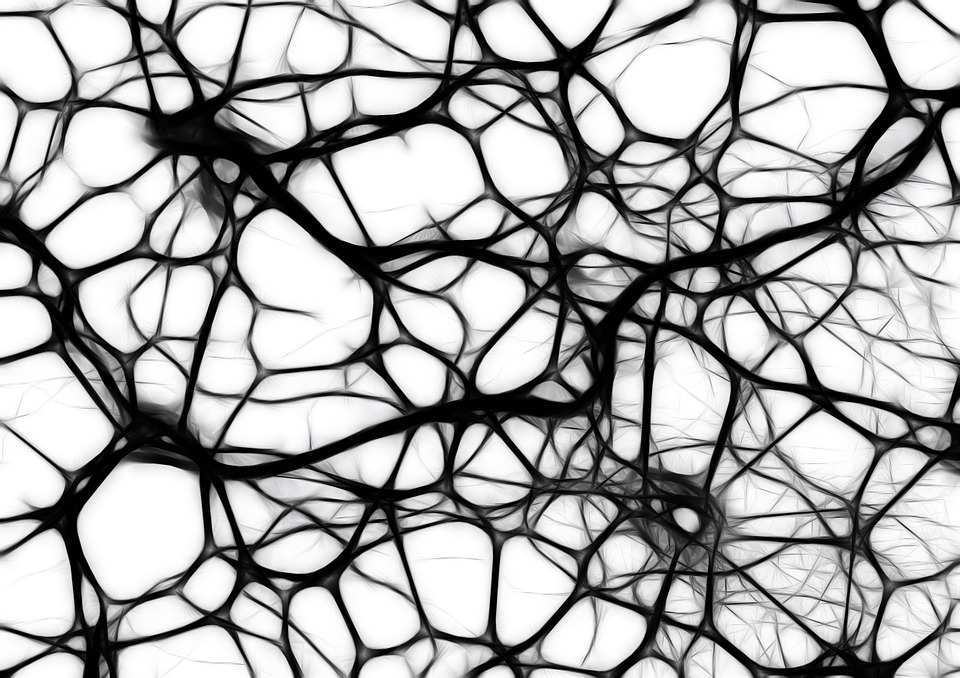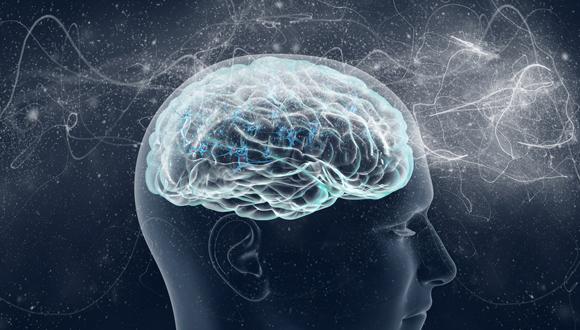
Researchers have discovered that the response to anxiety in teenagers may include not only the parts of the brain which deal with emotions (the limbic system), as has been long understood, but also movement control centres in the brain, which may be associated with movement inhibition when stressed (“freezing”). This is a small longitudinal study, presented at the ECNP conference in Vienna.
A group of Italian and Canadian researchers have followed a selection of socially anxious and control group children from childhood to adolescence. The researchers tested 150 children at the ages of 8/9, for signs of social inhibition. Some of these were shown to have early signs of social anxiety, and showed an increased tendency to withdraw from social situations. They also had more difficulty in recognising emotions, and particularly angry faces.
The anxious children, plus controls, were then followed into adolescence. At the ages of 14-15 they were tested again to see if signs of social anxiety had developed. The researchers also used fMRI brain scans to test how the teenage brains responded to angry facial expressions.
As lead researcher, Laura Muzzarelli said: “We found that when presented with an angry face the brain of socially anxious adolescents showed increased activity in the amygdala, which is the brain area concerned with emotions, memory and how we respond to threats. Surprisingly, we also found this produced inhibition of some motor areas of the brain, the premotor cortex. This is an area which ‘prepares the body for action’, and for specific movements. This is the first hard proof that strong emotions produce a response in brain areas concerned with movement. Adolescents who don’t show social anxiety tend not to show the inhibition in the movement centres. We don’t yet know how this inhibition feeds into movement — it may be that this has something to do with why we sometimes ‘freeze’ when we are frightened or under strong emotional stress, this still has to be tested. What it does give us is a possible explanation for some motor inhibition associated with emotional stress.
We need to acknowledge that there are some limitations to this work. We started this 6-year study with 150 children, but by the time we reached adolescence we had narrowed down the field to just 5 children with social anxiety, and 5 with less severe (subthreshold) social anxiety, so it’s a small sample.”
Social Anxiety is a mental health condition characterised by excessive fear and avoidance of the judgement of others. It is the most common anxiety disorder, affecting around 6% to 8% people during their life, meaning around 50m Europeans are affected by the condition. It can occur at any age, but most commonly the onset is in adolescence, with early signs already visible during infancy. In early stages, social anxiety can be mistaken for shyness.
Story Source:
The above post is reprinted from materials provided by European College of Neuropsychopharmacology (ECNP).
The post Response to anxiety linked to movement control areas in brain appeared first on Scienmag.





